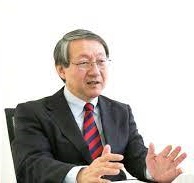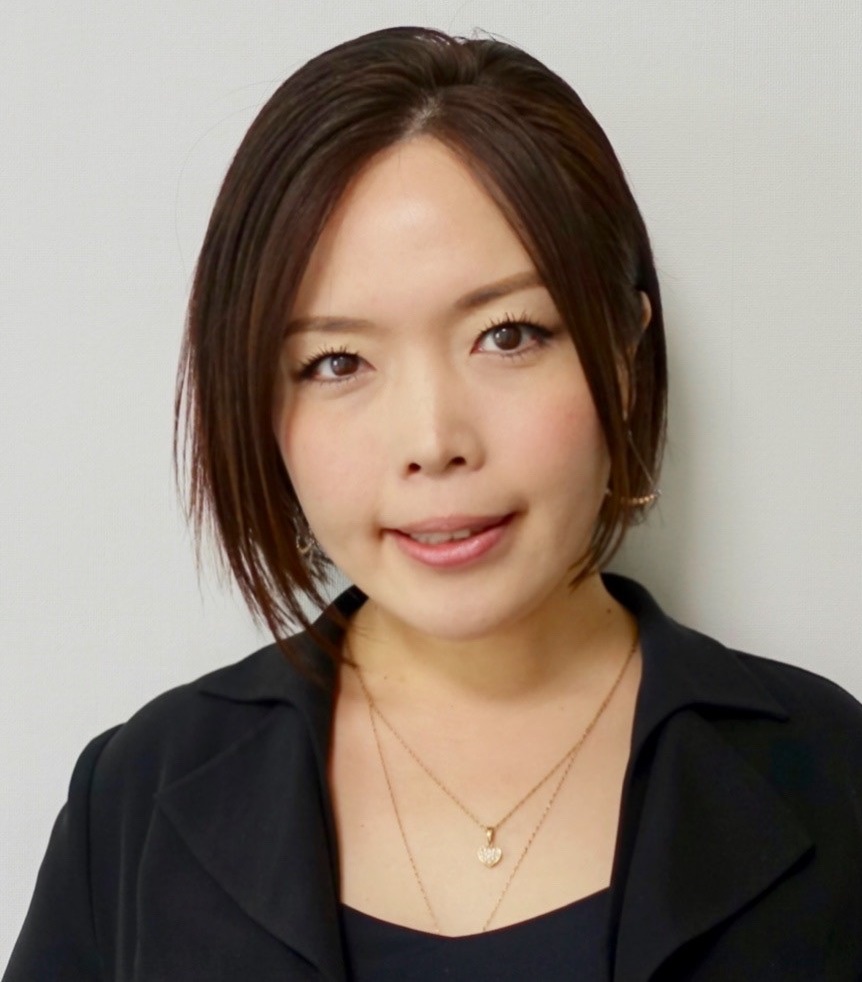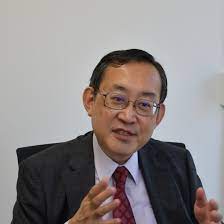While gender equality in the Sustainable Development Goals (SDGs) is being called for, the ratio of full-time women faculty members with no fixed term at Waseda University is as low as 16.4% (19.4% including full-time faculty members and researchers with fixed terms), and further efforts are required to close the gender gap. While various measures are being considered at each faculty, we would like to introduce the efforts being made at the Faculty of Science and Engineering, which are producing results already through original measures.
The Faculty of Science and Engineering (Senior Dean: Professor Shigeki Sugano) founded the Women Career Development Program in 2018 to promote the recruitment of talented women faculty members and provide research funding (2 million yen for experiments and 1 million for non-experiments at maximum). The purpose of this program is to help women researchers prepare the launch of their research in a new environment, improve research capabilities, disseminate research findings, and obtain external funding. So far, 10 women researchers have received assistance from this program, and partly due to the measure, the number of full-time women faculty members increased from 14 (4.5%) in AY2017 to 25 (8.2%) in AY2021.
Active recruitment of women and research development is an “investment for the future”
 We ask Professor Atsushi Takeuchi, who led the introduction of this program as the senior dean of the Faculty of Science and Engineering at the time, about his thoughts on the program.
We ask Professor Atsushi Takeuchi, who led the introduction of this program as the senior dean of the Faculty of Science and Engineering at the time, about his thoughts on the program.
“I was very concerned with Japan’s backwardness regarding women’s advancement in society, especially with the ratio of women researchers being the lowest among developed countries. In Japan, where the birthrate is declining and the population is aging, reforming society so that women can play an active role is extremely important. Also, it is a big problem that the ratio of women faculty members is low despite an increase in the number of female students attending the three undergraduate schools in our faculty. To properly address problems that female students may encounter, we believed it was urgent to increase the number of women faculty members, and we have taken strategic measures, such as actively hiring women faculty members and posting job openings for women only.
On the other hand, because the population of women researchers in the sciences is low, we are exposed to fierce competition in terms of recruitment. There are also concerns about the fact that funding for women researchers is relatively low. Women researchers face a time when it is difficult for them to focus on their research due to reasons, such as childbirth and child care, and this lowers the number of published research papers on their behalf. Since screenings for funding, including Kakenhi, is based on performance, women researchers have difficulties obtaining sufficient funding, resulting in women researchers not being able to advance their work. I thought it was crucial to end this downward spiral, so we decided to initiate this program since we felt it was necessary to assist career development as a measure to hire talented women faculty members.”
 Associate Professor Tomomi Kito, who started working at Waseda in 2018 and received assistance from this program, looks back and says, “I gave birth to my first child just before I arrived, and I was busy preparing for lectures and raising my child the first academic year. The financial support I received during a time when balancing research and child care was a challenge helped me improve my research environment. Thanks to this program, I was able to gain a peace of mind both mentally and financially, and as a result, my research was selected for the Kakenhi funding, which allowed me to get my research activities at Waseda on track. I appreciate that this funding does not limit us on how it is used, so it was helpful in carrying out activities for things specific funding was not available (publishing a book and building a network with researchers) and expanding the range of research activities. I feel like I was able to prepare the launch of my research in the long run and am grateful for it.”
Associate Professor Tomomi Kito, who started working at Waseda in 2018 and received assistance from this program, looks back and says, “I gave birth to my first child just before I arrived, and I was busy preparing for lectures and raising my child the first academic year. The financial support I received during a time when balancing research and child care was a challenge helped me improve my research environment. Thanks to this program, I was able to gain a peace of mind both mentally and financially, and as a result, my research was selected for the Kakenhi funding, which allowed me to get my research activities at Waseda on track. I appreciate that this funding does not limit us on how it is used, so it was helpful in carrying out activities for things specific funding was not available (publishing a book and building a network with researchers) and expanding the range of research activities. I feel like I was able to prepare the launch of my research in the long run and am grateful for it.”
 Professor Shigeki Sugano, Senior Dean of the Faculty of Science and Engineering, says, “In addition to our continued support for talented women researchers, we will continue to strengthen publicity of our faculty for high school girls and make efforts to increase the number of female students and women researchers in the sciences. However, there is a limit on what the Faculty of Science and Engineering alone can do to support women researchers, so I hope that there will be a serious consideration on this matter by the University as a whole in the future.”
Professor Shigeki Sugano, Senior Dean of the Faculty of Science and Engineering, says, “In addition to our continued support for talented women researchers, we will continue to strengthen publicity of our faculty for high school girls and make efforts to increase the number of female students and women researchers in the sciences. However, there is a limit on what the Faculty of Science and Engineering alone can do to support women researchers, so I hope that there will be a serious consideration on this matter by the University as a whole in the future.”
Through constant efforts to increase the number of women faculty members, women faculty members could become role models in everyday life for female students, creating a virtuous cycle in which more female students aspire to become researchers. Increasing the ratio of female faculty members will eventually bring about “innovation in research and educational activities” and contribute to increasing the University’s value in the future. Active recruitment and support of female faculty members is “an investment for the future,” and it is expected to become a university-wide initiative.

▲Dr. Kito pushing a stroller on a research trip (Northern Europe) using financial assistance from the program



